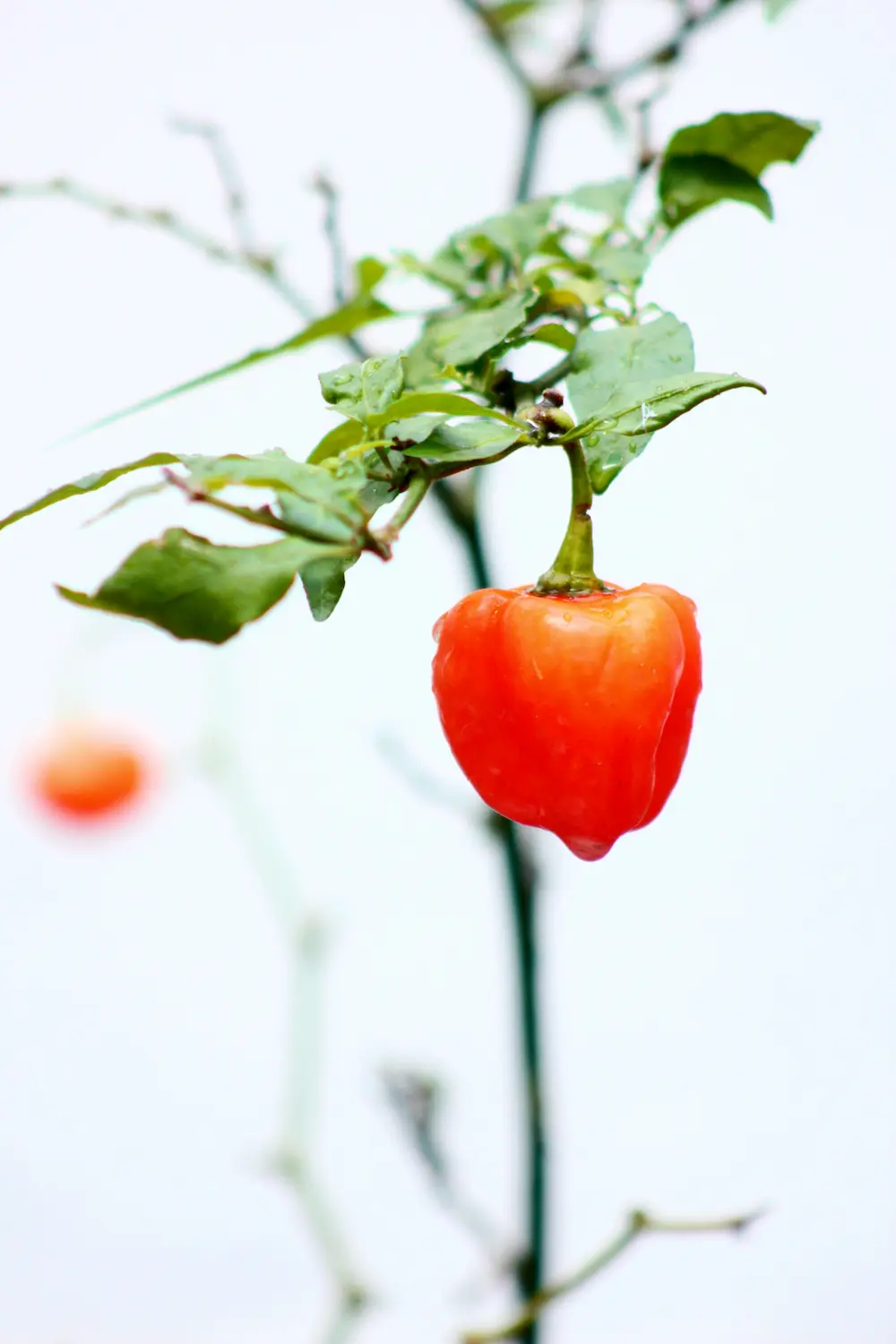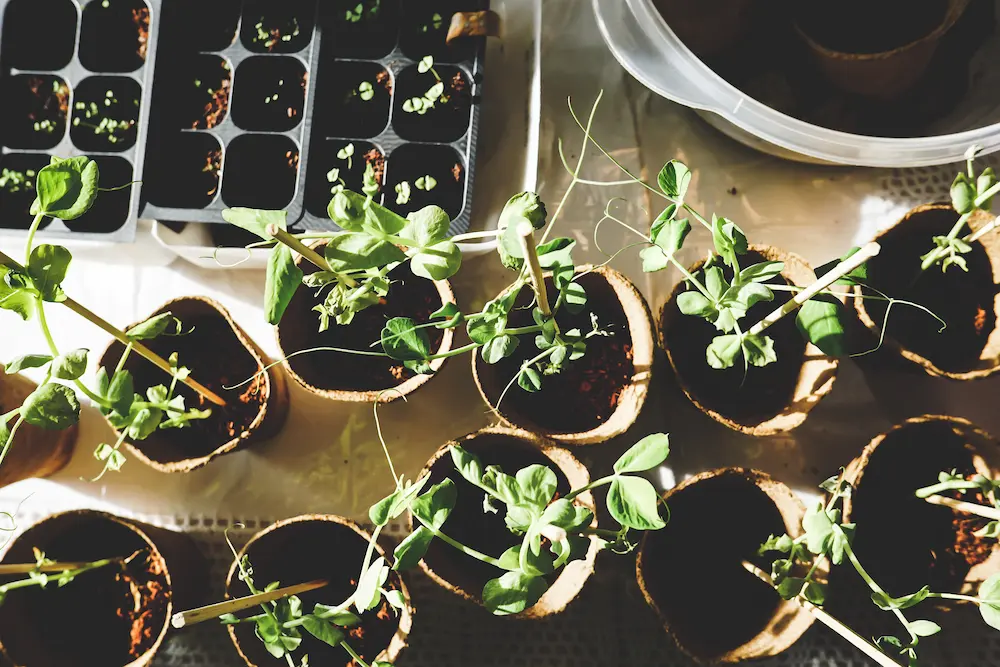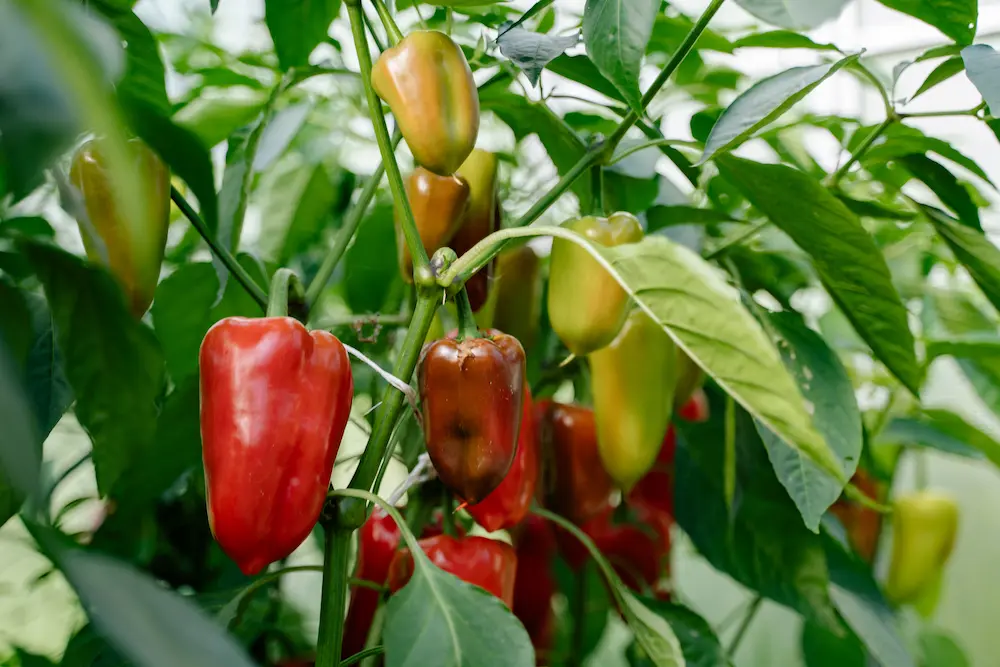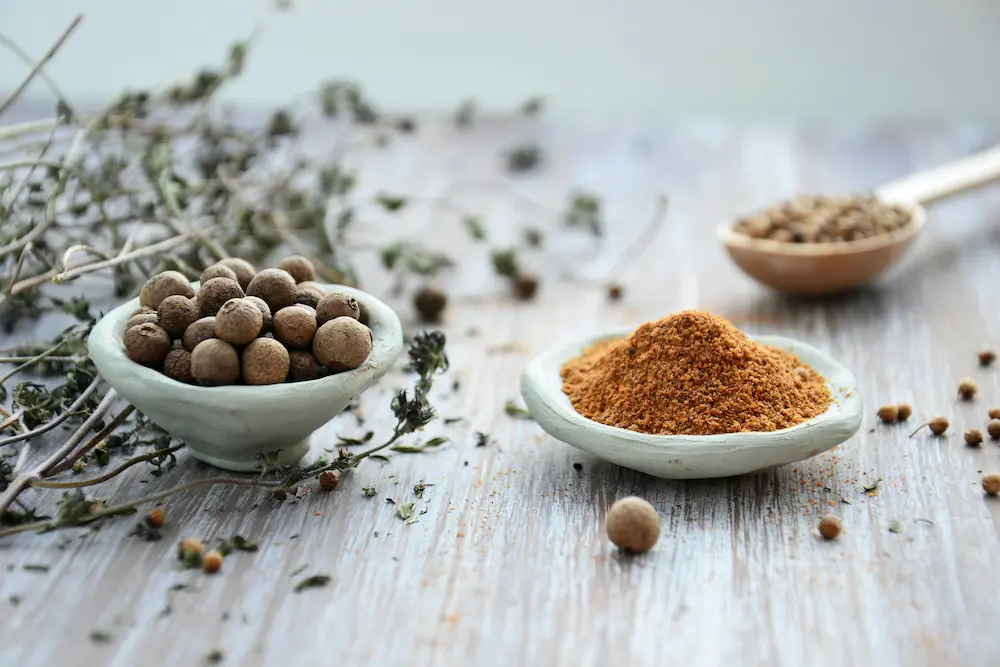If you’re a fan of intense heat and flavor, growing your own habanero peppers is a thrilling and rewarding endeavor. Habaneros are among the hottest chili peppers, known for their distinctive fruity taste and fiery punch. Cultivating these spicy treasures at home allows you to add a unique touch to your culinary creations while enjoying the satisfaction of nurturing your own plants.
In this blog post, we will guide you through the process to grow and maintain habanero plants successfully.
Step 1: Prepare habanero plants for success
Before diving into habanero cultivation, gather the necessary supplies:
- Habanero seeds: Choose from a reputable seed supplier, ensuring they are fresh and viable.
- Planting containers: Opt for seedling trays or small pots with drainage holes.
- High-quality potting soil: Look for soil mixes designed for peppers or vegetables.
- Plant labels or markers: These will help you keep track of the different varieties if you grow multiple types.
- Watering can or spray bottle: Ensure you can provide gentle and consistent moisture to the plants.
- Fertilizer: Organic fertilizers or slow-release granules are ideal for habanero plants.
Step 2: Plant habanero seeds
- Fill the planting containers with moistened potting soil, leaving about half an inch of space at the top.
- Plant two to three habanero seeds in each container, ensuring they are buried about a quarter inch deep.
- Cover the seeds lightly with soil and mist with water to provide moisture without disturbing the seeds.
- Place the containers in a warm location with plenty of indirect sunlight, such as near a south-facing window.
- Maintain a consistent temperature of around 75-85°F (24-29°C) to facilitate germination.
- Keep the soil evenly moist, but avoid overwatering, as excessive moisture can lead to fungal issues.
Step 3: Nurture habanero seedlings
- As the seedlings emerge, thin them out, keeping the strongest one in each container. Remove weaker seedlings at the soil line using scissors or your fingertips.
- Provide ample sunlight to the seedlings. If natural light is insufficient, consider using fluorescent grow lights placed 4-6 inches above the plants.
- Water the seedlings when the soil surface begins to dry out. Aim for moist, not saturated, soil. Ensure proper drainage by emptying any excess water from the saucers or trays.
- After about six to eight weeks, when the seedlings have developed sturdy stems and a few sets of true leaves, they can be transplanted into larger pots or the garden.
Step 4: Transplanting and garden care
- Choose a sunny spot in your garden with well-drained soil. Habaneros thrive in warm climates with temperatures above 70°F (21°C).
- If you live in a cooler region, consider growing habaneros in containers or raised beds to ensure proper heat and drainage.
- Dig holes slightly larger than the root balls of the seedlings and space them 18-24 inches apart to allow ample room for growth.
- Gently remove the seedlings from their containers, taking care not to damage the roots.
- Place the seedlings in the holes, ensuring they are at the same depth as they were in their original containers.
- Water the transplants thoroughly after planting, and continue to keep the soil moist, but not waterlogged.
- Mulch around the plants to suppress weeds, retain moisture, and maintain even soil temperatures.
- Fertilize the habanero plants every four to six weeks using a balanced organic fertilizer or slow-release granules. Follow the manufacturer’s instructions for application rates.
Step 5: Maintain and harvest habanero plants
- Regularly monitor the plants for signs of pests or diseases. Common issues include aphids, spider mites, and fungal infections. Treat them promptly using organic pest control methods or consult a local gardening expert.
- Habanero plants need consistent moisture but avoid overwatering. Water deeply once or twice a week, depending on the weather and soil conditions.
- Prune the plants when necessary to remove dead or damaged branches, ensuring good air circulation and sunlight penetration.
- As the peppers begin to develop, support the heavy branches with stakes or cages to prevent them from bending or breaking.
- Harvest the habanero peppers when they reach the desired size and color. Use scissors or pruners to cut the fruits from the plant, leaving a small portion of the stem attached.
- Wear gloves when handling habaneros, as their capsaicin can cause skin and eye irritation. Avoid touching your face or eyes while handling the peppers.
- Enjoy your bountiful harvest! Habanero peppers can be used fresh, dried, pickled, or incorporated into various dishes to add a fiery kick.
FAQs: Grow and maintain habanero plants



How long does it take for habanero seeds to germinate?
Habanero seeds typically take around 10 to 14 days to germinate, but it can vary depending on factors like temperature and seed quality.
Can I grow and maintain habanero plants indoors?
Yes, habanero plants can be successfully grown indoors. Provide them with ample sunlight or fluorescent grow lights and maintain a warm temperature between 75-85°F (24-29°C).
How often should I water habanero plants?
Water habanero plants when the soil surface begins to dry out. Aim for even moisture, but avoid overwatering. Deeply water the plants once or twice a week, adjusting the frequency based on weather and soil conditions.
Do habanero plants require fertilization?
Yes, habanero plants benefit from regular fertilization. Apply a balanced organic fertilizer or slow-release granules every four to six weeks, following the instructions on the product label.
How do I prevent pests from damaging my habanero plants?
Regularly monitor your habanero plants for pests such as aphids and spider mites. Use organic pest control methods like neem oil, insecticidal soap, or introducing beneficial insects to keep pests at bay. Maintaining good garden hygiene and removing any infested plant material can also help prevent pest infestations.
When and how should I harvest habanero peppers?
Habanero peppers can be harvested when they reach their mature size and color, which varies depending on the variety. Typically, they turn from green to orange or red. Use scissors or pruners to cut the peppers, leaving a small portion of the stem attached.
How should I store harvested habanero peppers?
Habanero peppers can be stored in several ways. You can refrigerate them in a sealed plastic bag for up to two weeks. To extend their shelf life, you can also dry them by stringing them up or using a food dehydrator. Alternatively, you can freeze habanero peppers either whole or chopped.
Can I save habanero seeds for future planting?
Yes, you can save habanero seeds for future planting. Allow fully ripened peppers to dry on the plant until they start to wrinkle. Cut open the peppers, remove the seeds, and dry them thoroughly on a paper towel. Store the dried seeds in a cool, dark place in an airtight container for up to two years.






[…] Want to learn more gardening tips? Check out how to grow and maintain habanero plants. […]